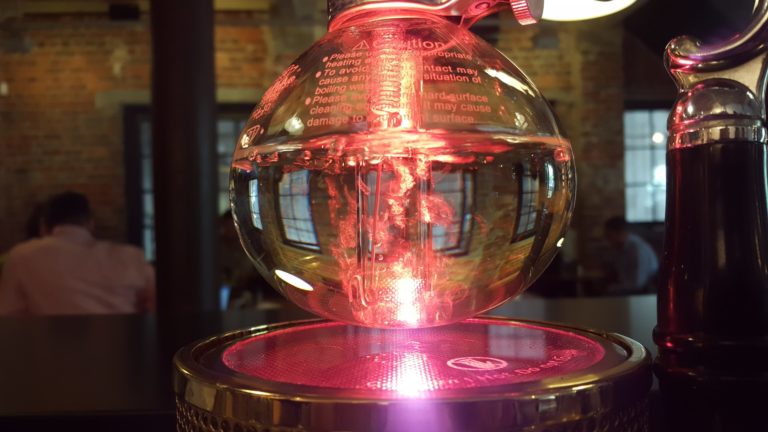Coffee brewing theory: After the workshop

Understanding coffee brewing from all facets can be quite convoluted for some at times.
Some people prefer to keep it simple.
Understandably so, considering coffees history and consequent evolution over the last few years.
So in an attempt to speed up Cape Town’s ‘coffee-logic’, I decided to go a little further down the rabbit hole we all know and love in this 1hr workshop.
Soluble and insoluble material.
Coffee is an intense flavouring agent. A well brewed cup contains 1.2% coffee flavouring material and 98.8% water. 28% of the flavouring material in coffee will dissolve. This is known as the soluble material. The rest is insoluble- the material that can’t dissolve.
Every time you drink a cup, you’re getting soluble material. Regardless of brew method or filter.
The extraction of insoluble material that ends up in the cup will depend on the filter.
Insoluble material is mostly made up of oil, bean fiber and proteins. The oil in coffee creates body, buffers acids and carries aroma compounds. Bean fiber and proteins add texture to the brew, but can also lower clarity.
You can see from this statement that Insoluble material collectively imparts body, mouthfeel and aromatics.
Brewing dynamic.
The term- ‘brewing dynamic’ is not officially coined, yet one I prefer to use when referring to the force in a brew or lack thereof.
The design aspect of all brewing apparatuses will determine the type of brewing dynamic.
It can be divided into four main categories-
Gravity, Pressure, Immersion and Vacuum.
Filters.
Various filters affect how the different components of insoluble material ends up in the cup.
Filters can be divided into three main categories-
Paper, Metal and Cloth.
The effect in each brewing apparatus.
The Pour over produces a soft, approachable and elegant extraction overall. Paper filtration using only gravity takes most oils and all fines from the brew. The result is a clear cup and low body, with an emphasis on acidity.
The Aeropress combines immersion and pressure and produces a cup that is rich and flavourful. When using a paper filter to brew an Aeropress, you’ll be surprised at how interesting the Acidity profile can be.
Siphons use Immersion and Vacuum as the brewing dynamic. The effect of which is- a bigger body with more clarity and aromatics. This is only possible with the accompanying cloth filter. Cloth filtered Siphons allow for a broad flavour profile to be extracted and end up in the cup, and in this way, has the potential for more complexity.
Plungers have the least clarity out of all brew methods and is brewed using immersion. They have a great deal of oil and sediment ( bean fiber and protein) and will show the body and mouthfeel of a coffee.
Strength and Extraction.
Coffee to water ratio is incredibly important. If there is too much coffee in your brew, it will taste too strong and you won’t be able to perceive the inherent flavour characteristics of the coffee you’re tasting.
If there is too little coffee in your brew, you will end up with an insufficient amount of soluble material and a corresponding level of apathy in your heart, mind and soul.
I’m not quite sure which extreme is worse. You need to find the sweet spot.
Keen on a recipe? Drop me a mail ( mike@originroasting.co.za).
Enjoy the brews.